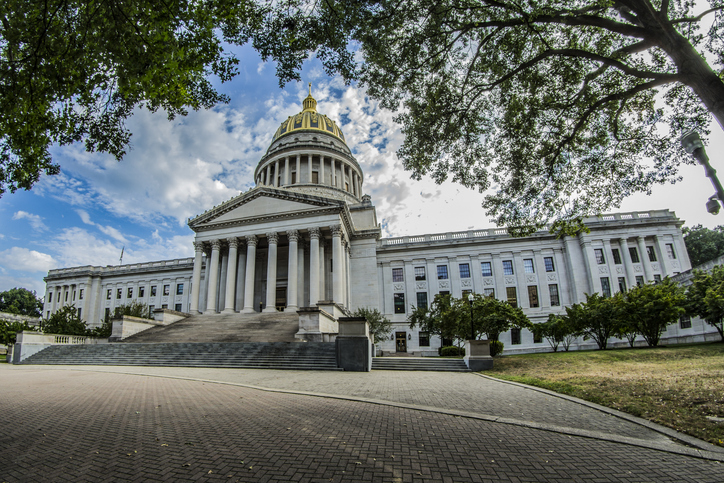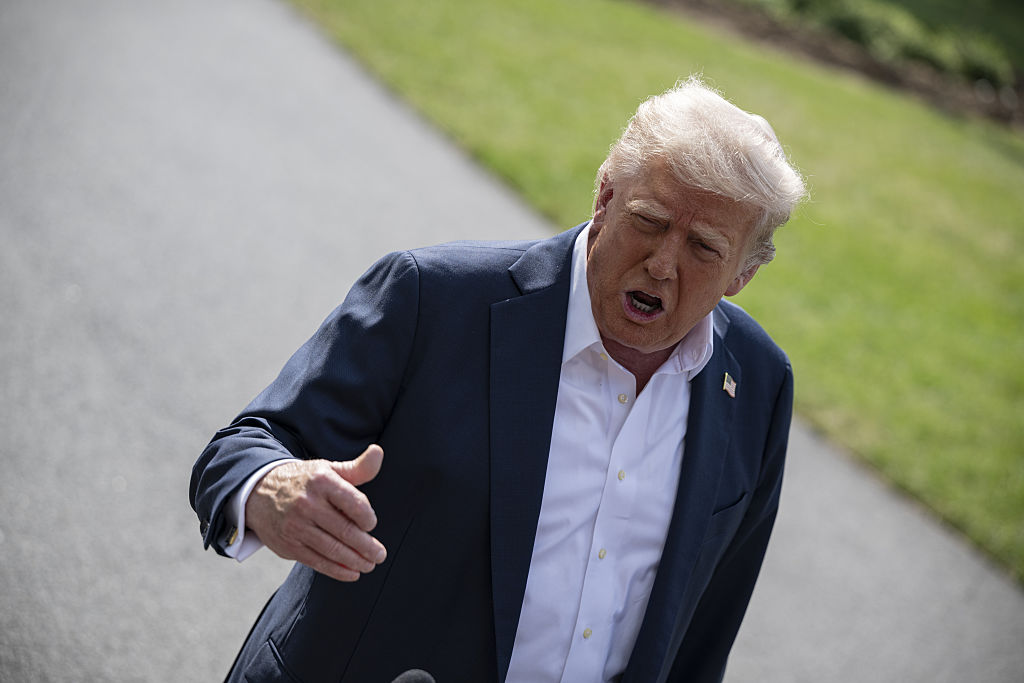Geithner To Unveil Plan To Combat Banking Crisis
The Obama administration is hoping it has finally come up with the right formula to resolve the nation’s worst banking crisis in 70 years. The program Treasury Secretary Timothy Geithner will unveil Monday seeks to tap the resources of the government’s $700 billion bailout fund, the Federal Reserve and the Federal Deposit Insurance Corp., as well as private investors.
The goal is to buy as much as $1 trillion in bad assets that are weighing on banks’ balance sheets, stifling their ability to resume more normal lending to families and businesses. The loan crunch is depressing economic activity and making the current recession more prolonged and severe.
“The way to think about this is, we’re doing this for ourselves,” Christina Romer, head of the Council of Economic Advisers, said Monday. “This has never been about helping Wall Street or helping a firm that made mistakes. It’s absolutely about helping a system so that people can get their student loans, and that families can buy their house and buy their cars, and small businesses can get their loans.”
Geithner, in an opinion piece in Monday’s Wall Street Journal, said the new program aimed to “resolve the crisis as quickly and effectively as possible at the least cost to the taxpayer. … Simply hoping for banks to work these assets off over time risks prolonging the crisis.”
The government has been struggling since the credit crisis hit last fall to figure out a way to sop up the bad assets.
Former Treasury Secretary Henry Paulson never did come up with a solution and the Obama team has been wrestling with the same thorny problems of how to price the assets and make sure the government’s resources are up to the task.
The administration is hoping the market reaction to this proposal will be more favorable than Geithner’s first effort to overhaul the banking rescue program on Feb. 10, when investors, upset with a lack of detail, sent the Dow Jones industrial average crashing by 380 points.
To encourage investors to be more supportive, the government is offering sizable financial enticements, from shouldering much of the financial risk to providing low-interest loans to purchase the assets.
But the program is coming after a week of Wall Street-bashing in Congress, where lawmakers were outraged with the action by troubled insurance company American International Group Inc. to distribute $165 million in bonuses after obtaining more than $170 billion in government bailouts to remain in business.
Some hedge funds and other investors have expressed reluctance to participate in the new program for fear that Congress will subject them to what they view as onerous restrictions on executive compensation.
But Romer drew a distinction between companies needing federal bailout money and those that are healthy and able to participate in the toxic asset program.
“The president has made a very important distinction,” she said on CNN. “We have a financial institution that‘s in trouble, of course we’re going to have very high standards for what they do.” But she also said firms that are healthy “are doing us a favor by trying to get those assets off” the books of banks and other financial institutions.
Administration officials insisted that they believe they have found the right mix to attract private investors and make a dent in what, by some estimates, could be more than $2 trillion in troubled assets on banks’ books.
They said the program has the capacity to purchase $500 billion and possibly as much as $1 trillion in troubled loans, which go back to the collapse of the housing boom and the subsequent tidal wave of foreclosures.
But private analysts believe that with the $700 billion bailout fund nearly tapped out by capital injections to banks and lifelines provided to the auto companies and AIG, there are only enough resources left to get the asset purchase program launched.
Mark Zandi, an economist with Moody’s Economy.com, estimated the government will need another $400 billion to make a sufficient dent in the bad asset problem.
Administration officials said they want to get the new program launched and see how successful it is before deciding whether to ask Congress for more resources.
The administration included a placeholder in its budget request to Congress last month for an additional $750 billion, more than doubling the financial rescue effort, but many lawmakers have said the current bailout fatigue among voters dims the prospect of getting further resources.
According to administration officials, the toxic asset program will have three major parts:
_A public-private partnership to back private investors’ purchases of bad assets, with government support coming from the $700 billion bailout fund. The government would match private investors dollar for dollar and share any profits equally.
_Expansion of a recently launched Fed program that provides loans for investors to buy securities backed by consumer debt as a way to increase the availability of auto loans, student loans and credit card debt. Under Geithner’s plan for the toxic assets, that $1 trillion program would be expanded to support purchases of toxic assets.
_Use of the FDIC, which insures bank deposits, to extend loans to support purchases of toxic assets.
The administration’s revamped program for toxic assets is the latest in a string of banking initiatives which have also included efforts to deal with mortgage foreclosures, boost lending to small businesses and unfreeze the market for many types of consumer loans.
In addition, the nation’s 19 biggest banks are undergoing intensive examinations by regulators, due to be completed by the end of April, to determine whether they have sufficient capital reserves to withstand an even more severe recession. If they need more capital and cannot raise it on their own, they will be able to get funds from the government.
In addition to unveiling the toxic asset program, Geithner on Tuesday will release the administration’s broad framework for overhauling the financial system to ensure that the current crisis is not repeated.
A key part of that regulatory framework will give the government new resolution authority to take over troubled institutions that would pose a threat to the entire financial system if they failed.
Administration officials believe this new power will save taxpayers money and avoid the type of controversy that erupted over the AIG bonuses.
Under the new powers being sought, the administration, with approval by the Federal Reserve, could seize a troubled institution and have the power to limit payments to creditors and to break contracts governing executive compensation, a power that was lacking in the AIG case.
In the regulatory overhaul, the administration is expected to offer more general proposals to deal with the problem of executives taking excess risks so that they could reap sizable bonuses.
The regulatory plan is also expected to include a major change that gives the Federal Reserve more powers to oversee systemic risks to the entire financial system.
The administration is working to unveil its proposed regulatory changes in advance of a meeting of the Group of 20 economic leaders, which President Barack Obama will attend on April 2 in London. European nations have complained that lax financial regulations in the United States set the stage for the current financial crisis.
Romer also was interviewed on NBC’s “Today” show, CBS’s “The Early Show,” and ABC’s “Good Morning America.”















